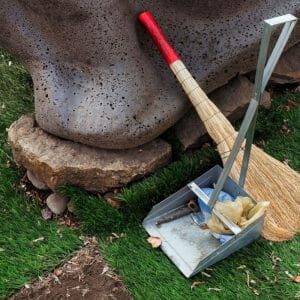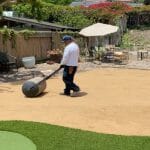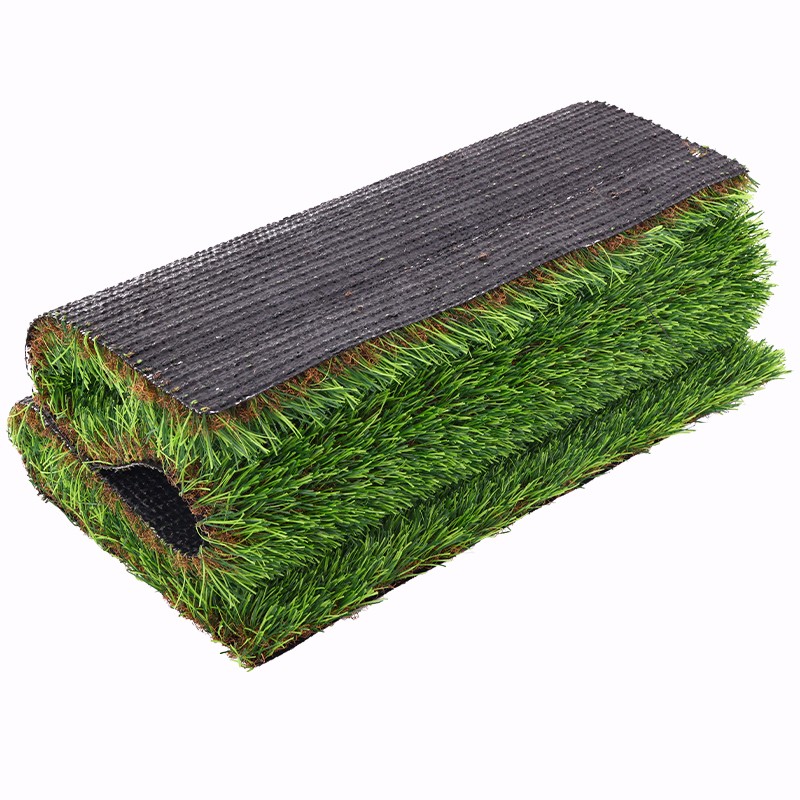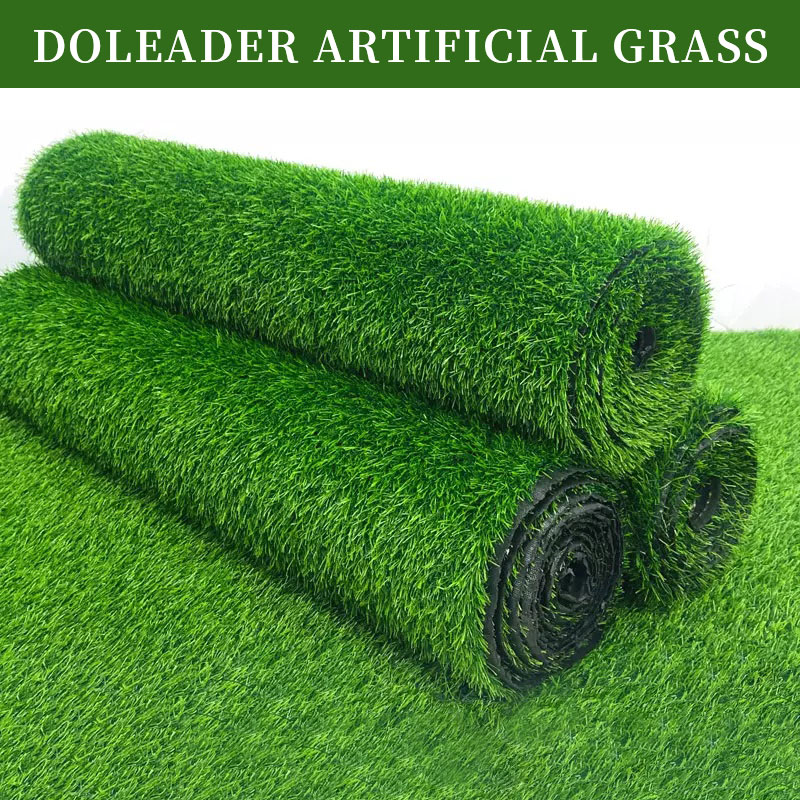
Artificial grass has become increasingly popular due to its low maintenance requirements and ability to withstand various weather conditions. Proper maintenance and cleaning of your artificial grass will ensure its longevity and pristine appearance. If you have children or pets, your artificial grass could get dirty quickly. Here’s a comprehensive guide on how to clean and maintain your artificial grass effectively.
I. Importance of Cleaning Artificial Grass:
Artificial grass requires less upkeep than natural grass, but regular cleaning is essential, especially if you have children, pets, or frequently host outdoor gatherings. Accidental spills, pet waste, food stains, and debris accumulation can leave your grass looking dull and uninviting. Proper cleaning prevents unwanted rocks and stones from causing injuries to children and pets playing on the lawn.

II. Step-by-Step Guide on How to Clean Artificial Grass:
1. Remove Surface Dirt and Dust:
Using a leaf blower, stiff bristle push broom, or leaf rake, remove sticks, leaves, dirt, and debris that settle on the grass daily. This initial cleaning prevents debris from decomposing and makes the cleaning process more efficient.
2. Prepare Cleaning Solution:
Use safe-for-use artificial grass cleaners, like Turf Renu, or a mild, warm solution of detergent for waterborne stains. Exercise caution when using cleaners like perchloroethylene, grass spot removers, or mineral spirits, as they must be used sparingly to prevent penetration below the lawn’s surface.
3. Wet Turf Thoroughly and Apply Cleaning Solution:
Wet the grass thoroughly with water and apply the diluted cleaning solution using a container with a spray bottle nozzle or a hose. Avoid using highly acidic cleaners or chlorine bleaches.
4. Use a Mechanical Power Broom:
For effective cleaning, use a mechanical power broom to remove traffic wear prints, fix matted areas, and refresh the grass’s appearance, making it look brand new again.
5. Remove Stains:
For stubborn stains, use a bristle brush and cleaning solution to gently remove them. An ammonia-based cleaner can be used for more challenging stains.
6. Rinse Thoroughly with Water:
After cleaning, rinse the grass thoroughly with clean cold water to remove any traces of cleaning agents.
7. Air Dry:
Allow the grass to air dry, preferably under sunlight, to help the blades stand upright and maintain a fresh look.
III. Regular Maintenance of Artificial Grass:
To keep your artificial lawn in excellent condition, perform regular maintenance, including weekly and monthly tasks. Rinse the grass with cool water once a week, and spray the grass daily with a hose to keep it fresh and free of odors and stains. Monthly deep cleaning is advised to ensure a well-maintained lawn.
IV. Cleaning Pet Waste off Artificial Grass:
For solid waste, use a plastic bag or pooper scooper to remove it, then clean the area with a garden hose. For liquid waste, rinse with water and use a mixture of vinegar and water or artificial grass cleaner to eliminate any lingering odor.
V. Preventing Damage to Artificial Grass:
Take precautions to prevent damage to your synthetic lawn, such as avoiding open flames or sharp-edged furniture on the grass. Additionally, turn off sprinkler heads to prevent mineral deposits that can cause discoloration.
Conclusion:
Cleaning and maintaining your artificial grass is crucial to keeping it looking pristine and extending its lifespan. With the proper care and regular cleaning, you can enjoy a lush, green lawn that requires minimal effort and offers a safe, clean space for your family and pets to enjoy. By following the step-by-step guide and implementing preventive measures, you can keep your artificial grass in optimal condition and create a beautiful outdoor environment for years to come. For more tips and expert guidance on artificial grass installation and maintenance, feel free to explore and contact our professional team for support. Turn your lawn into a delightful retreat with high-quality synthetic grass products.










